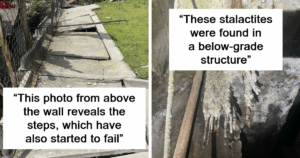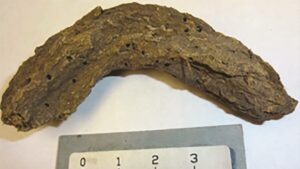The Shocking Experiment Where an Airline Deliberately Crashed a Boeing to Reveal the Safest Seat on Board
Ever wondered if picking the “perfect” airplane seat could be your secret survival hack in a crash? Trust me, picturing your sunny holiday abruptly ending with an unplanned ocean plunge or a mountain smooch is the kind of nightmare no one signs up for. Yet, if the unthinkable does happen, wouldn’t you want the inside scoop on where to park your behind for the best shot at walking away? While the lore says the tail’s the safest bet, survivors like British chap Viswash Kumar Ramesh—who escaped a brutal Air India crash thanks to an emergency exit near seat 11A—make you question all the usual wisdom. Intrigued? A jaw-dropping and rather pricey 2012 experiment involving a purposely crashed Boeing 727 might finally spill the beans on whether a “safest seat” really exists. Buckle up; this is a wild ride into aircraft crash science you didn’t know you needed. LEARN MORE.
Picturing our holidays ending prematurely by crash landing into the ocean or the side of a mountain is a situation that none of us ever want to find themselves in. But should the unthinkable happen, we’d want to give ourselves the best chance of survival.
What is the safest seat to be sat in if you find yourself in a plane crash? Well, it depends on the type of crash.
There are numerous conflicting answers to that question, with some people convinced sitting at the back means the odds of making it out alive are more favourable.
However, this theory doesn’t stand up against the miraculous survival of British national Viswash Kumar Ramesh, who became the sole survivor of devastating Air India crash by escaping through the emergency exit next to his seat, 11A.
So, is there actually a ‘safest seat’ on the plane we should all be scrambling to book? Well, according to one rather expensive experiment conducted in 2012, there actually might be.
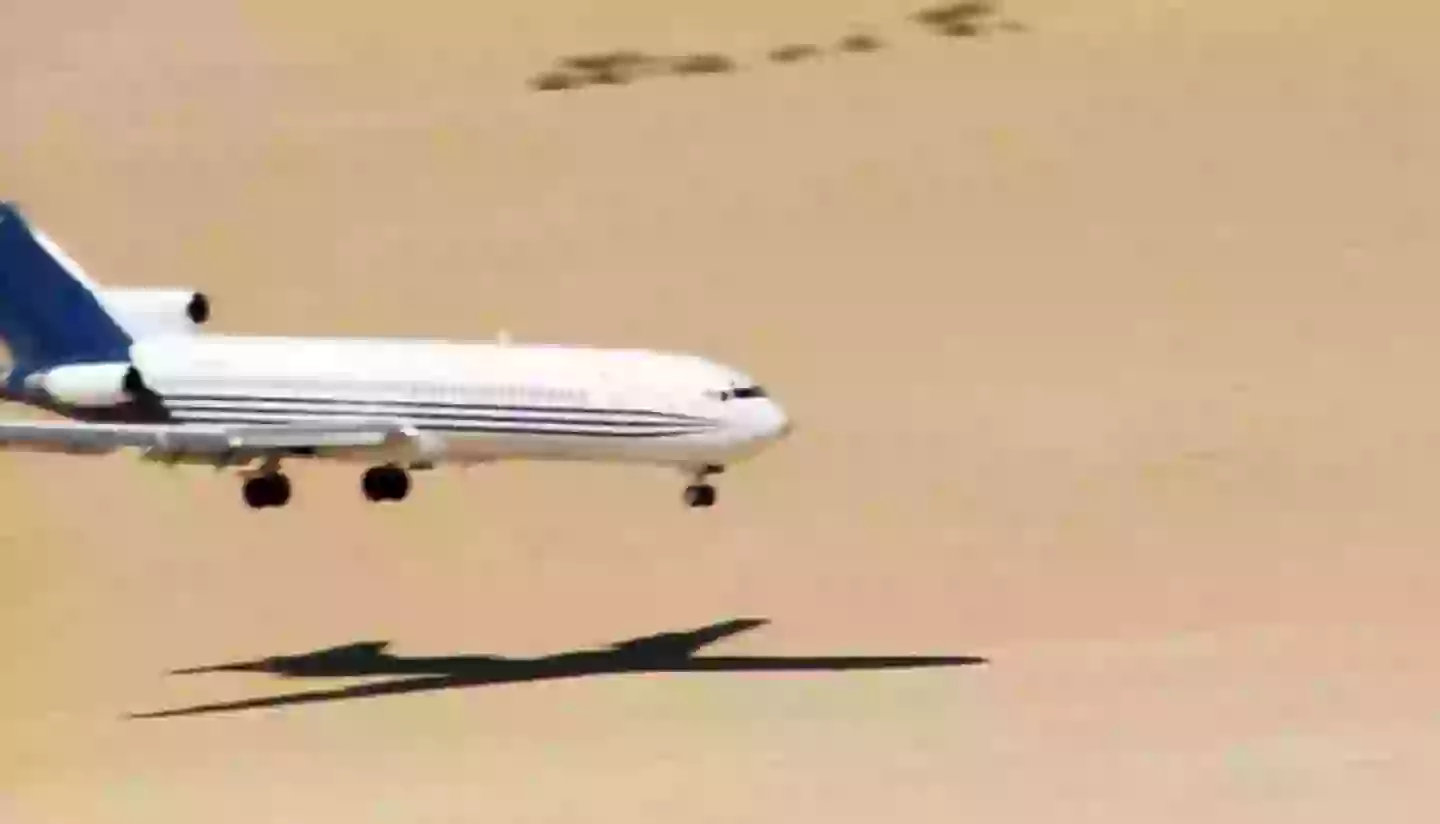
(Channel 4)
What was the 2012 Boeing 727 crash experiment?
In 2012, a Boeing 727-200 jet was purchased by a collaboration of television companies from the US, UK and Germany, including Channel 4 and production company Dragonfly.
The mission was simple, crash the plane in order to determine whether or not there is a ‘safest seat’ and, if so, which is it.
In order for the test to take place, the jet had to be flown from the US to Mexico, where it was then loaded up with crash dummies arranged in various seating positions throughout the cabin, as well as cameras and scientific measurement equipment.
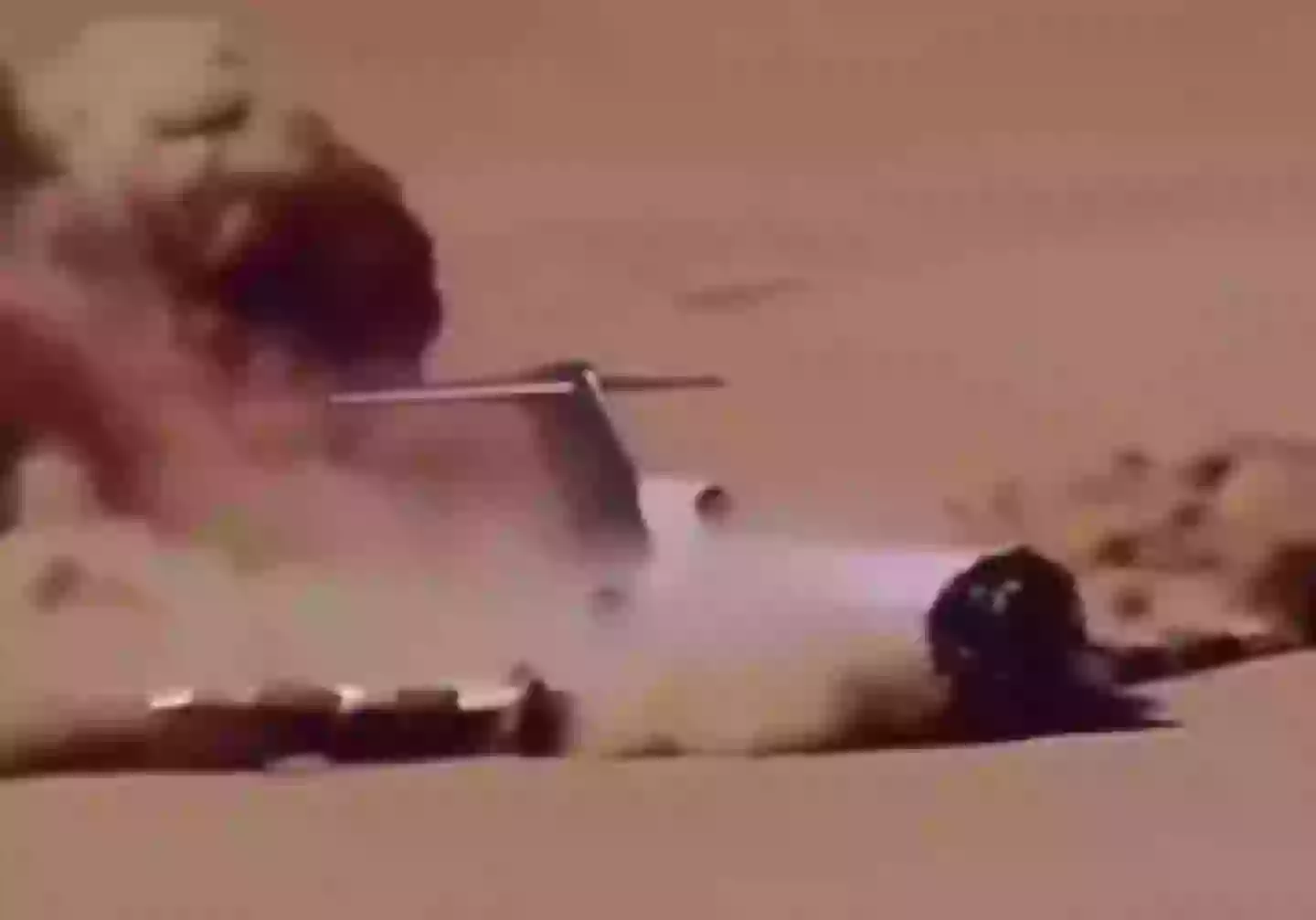
The plane slammed into the ground at 140 mph (Channel 4)
How did they do it?
Alongside the major expenses of sourcing a jet to crash and getting permission to purposely crash it into the ground, the teams involved then faced the issue of how to get the jet into the air in order to conduct the test.
In order to do this, a pilot needed to be in the cockpit for take-off before parachuting out to safety.
Once the pilot was on the ground, it was over to a team to crash the jet via a remote control.
The Boeing jet then crashed into Laguna Salada, near Mexicali, Mexico at a speed of 140 miles per hour.
What did they find?
After the crash, the team examined the state of the test dummies used inside the cabin, and the results were surprising.
It’s bad news for anyone who enjoys the comforts of first or business class, with IFL Science revealing dummies seated in the first seven rows had no chance of survival.
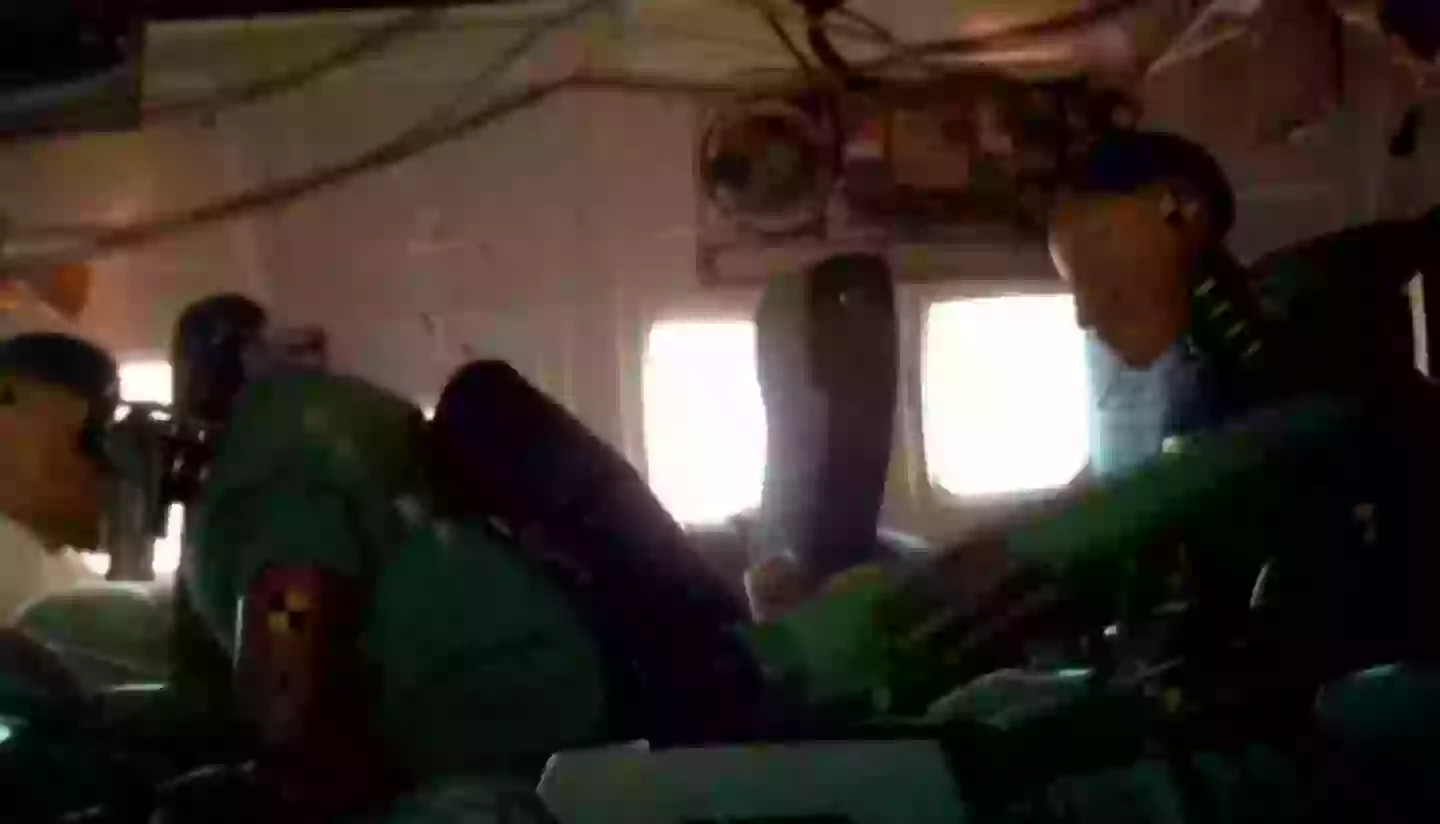
Crash dummies were used to measure the impact such a crash would have on humans (Channel 4)
Moving further back through the plane and your chances of survival increase, with ‘passengers’ seated in the middle of the cabin suffering broken bones, while those at the back could walk out with little to no injuries.
According to data obtained from the crash, the front of the jet experienced forces of 12g, which dropped by half to 6g the further back you got.
The research also supported the brace position, with dummies positioned upright exhibiting severe head and lower back injuries.
Speaking about the results in an interview with USA Today, aviation expert Anne Evans said it confirmed her belief that the front of the plane was the most ‘vulnerable’.
“My favoured location would be the middle, over the wing, or the rear of the fuselage,” she said.
Hopefully, you never have to go through the experience of a plane crash, but it’s good to know anyway.









